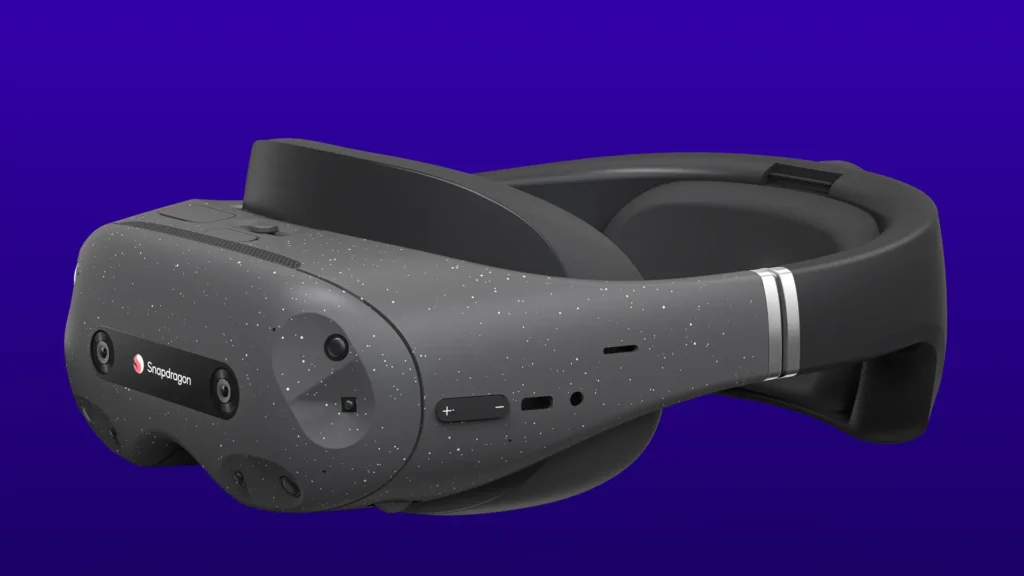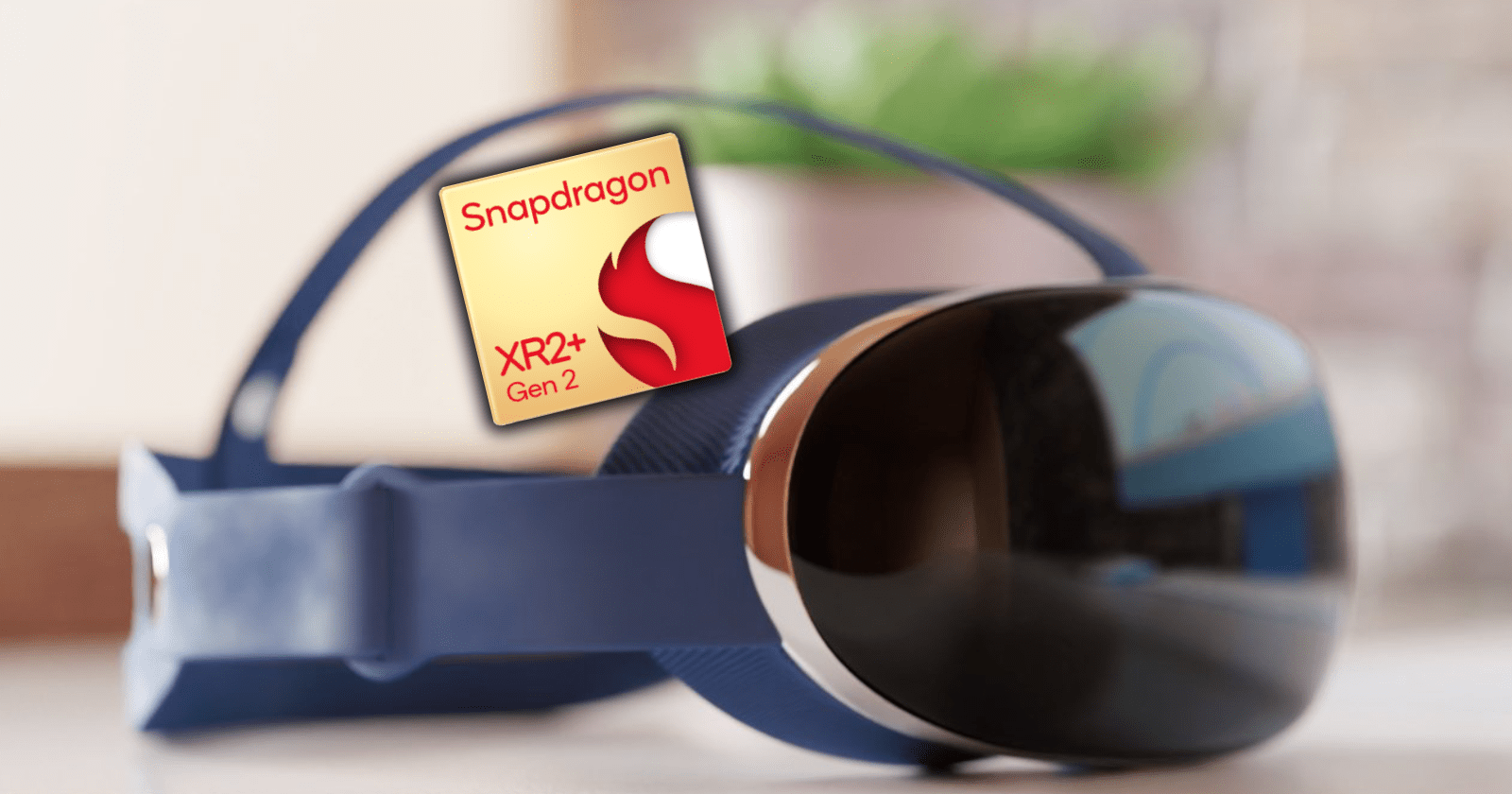
The collaboration between Samsung and Google in the development of their forthcoming advanced mixed reality headset, positioned as a direct competitor to Apple’s Vision Pro, is set to harness the power of Qualcomm’s latest XR chip. Qualcomm’s announcement of the Snapdragon XR2 Plus Gen 2 chip unveils a new dimension in the capabilities of upcoming headsets, providing insights into what Samsung’s headset and other premium offerings could deliver in the coming years.
Building upon the success of Meta’s Quest 3, the first headset featuring Qualcomm’s XR2 Gen 2 chip, the XR2 Plus Gen 2 aims to elevate the VR experience to new heights. The chip promises enhanced graphics, superior color passthrough camera quality, external camera support, and onboard AI features. Targeted at a premium market segment, Qualcomm’s new chip is poised to compete directly with Apple’s Vision Pro, aligning in both features and price.
In addition to Samsung, Qualcomm has disclosed partnerships with HTC Vive, Immersed, Play for Dream, and an undisclosed hardware partner to integrate the XR2 Plus Gen 2 chip. The chip’s standout features include support for up to 4.3K pixel resolution per eye at a 90Hz refresh rate, providing manufacturers with the capability to deliver higher-resolution displays and more advanced camera and tracker configurations.
The XR2 Plus Gen 2 chip’s advancements extend to improved passthrough mixed reality, supporting better camera resolutions and presenting detailed images on upgraded displays. The increased number of sensors, cameras, and trackers, with support for up to 12 cameras and sensors simultaneously, offers a glimpse into the heightened capabilities of upcoming headsets. This includes the potential for eye and face tracking cameras, bringing the mixed-reality experience closer to that of Apple’s Vision Pro.
Qualcomm’s inclusion of Wi-Fi 7 support further signifies the chip’s commitment to enhanced connectivity, paving the way for seamless interactions with laptops, tablets, and phones. The XR2 Plus Gen 2 chip’s potential to facilitate collaborative functions between devices, such as sharing rendering and sensors, suggests a new era in cross-device relationships. Conversations are underway with partners to explore infrastructure possibilities, with a focus on leveraging phones for rendering, AI functions, and sensor sharing.



